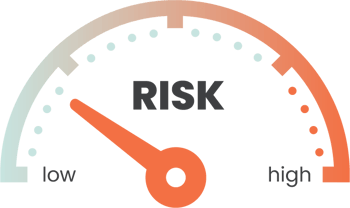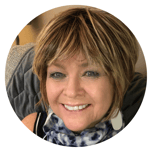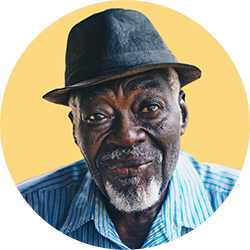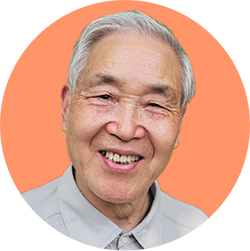WEBINAR
Focus on Fall Risk Assessments: When, Why, and What Sets Them Apart in Memory Care
WEDNESDAY, JULY 20

See which assessments work accurately with cognitive challenges. And how to apply what’s learned to a personalized care plan.
Description
Fall risk assessments are the first step in fall prevention for a resident—and they’re critical for developing the right care plan, as well as setting expectations for residents’ families and care teams. For all residents, these assessments should be conducted at move-in, when there’s a change of condition, and annually. But these assessments shouldn’t be conducted in the same way for all residents—they have to be adjusted at certain levels of care.
You can’t assess fall risk in a memory care resident in the same way you would assess a resident in assisted living. And here’s why: most fall assessments require a combination of cognitive and physical effort from the resident, and can last for what is, to a person living with dementia, an extended time. Take for instance, the 30-second sit-to-stand assessment. It requires a resident to stand up and sit down as many times as they can in 30 seconds. This may not be a very complex task for someone with dementia, but 30 seconds can be long enough for them to not recall what task they are to complete or why. The result? You don’t have an accurate assessment.
In July’s National Fall Huddle, we’ll outline the types of assessments that work for those living with Alzheimer’s and other forms of dementia, and we’ll explain what sets them apart. We’ll review the information that can be gathered from these assessments and how to use it to shape personalized care plans. We’ll determine the appropriate frequency of fall risk assessments, explore their purpose, and identify the skills needed to conduct them comprehensively. And we’ll examine how innovation can be used in conjunction with assessments to identify a fall’s root cause and any fall patterns. As always, we’ll review successful case studies, and our expert panel will take your questions.
Learning objectives:
Define the appropriate frequency and purpose of fall risk assessments for developing personalized care plans
Outline how technology can be utilized in combination with fall risk assessments to understand root cause, patterns, and behaviors around falls, as well as helping to mitigate litigation and reduce caregiver burden
Determine how fall risk assessments for those living with dementia are different than for those living without dementia, helping ensure accurate risk assessment
Define how to perform and interpret assessments and how to use this information to adjust care plans
Validate if the adjusted care plan is meeting the resident’s needs through QA processes and technology
Webinar Hosts

SPECIAL GUEST PANELIST
Carma Harris, RN
Divisional Director of Resident Services, Bickford Senior Living
Carma has been an RN for more than 40 years and has worked in senior care for most of her professional life, including serving as the Director of Nursing for the Illinois Veterans home in Manteno, Illinois. She joined Bickford Senior Living in October 2004 as an RNC for Bickford of Bourbonnais in Bourbonnais, Illinois. In 2006, she transitioned to the Divisional Director of Resident Services role. She currently assists Bickford with training, consultation, and special projects, remaining close to the role of caregiver that means so much to her.

Sarah Morgenstein, Dr. OT, OTR/L
Director of Clinical Success, SafelyYou
Sarah has over 10 years of clinical experience and has spent her career supporting senior living communities. She has worked as an occupational therapist in memory care as well as a regional director leading care teams. In 2018, she completed her doctoral degree in occupational therapy, researching caregiver education for those living with dementia. Her philosophy of care is to provide holistic, person-centered interventions that recognize and understand the unique experience of every older adult in memory care. Today, Sarah combines her clinical expertise in dementia and aging with her experience providing care in senior living, supporting communities in mitigating fall risk and preventing falls.

Katie Brooks, LPN, CDP
Clinical Success Manager, SafelyYou
Katie has over 20 years of nursing experience and deep understanding of the challenges senior care providers face, having worked as a Community Relations Manager, Director of Nursing, and Executive Director. She combines her clinical expertise with her senior care knowledge to help communities develop innovative, thoughtful solutions for meeting residents’ needs and improving outcomes. Katie’s approach to care is grounded in a commitment to advocating for those who can’t always do so for themselves—and she feels that this is part of the way she can help honor the many seniors who have shared their wisdom with her throughout her career.

Glen Xiong, MD
Chief Medical Officer, SafelyYou
Dr. Xiong earned his medical degree from UC Davis and completed his residency training in Internal Medicine and Psychiatry at Duke University Medical Center. He is certified by the American Medical Directors Association in Post-Acute and Long-term Care Medicine (2006, 2016). He provides clinical care at the UC Davis Medical Center, and in Skilled Nursing and Assisted Living Facilities.





